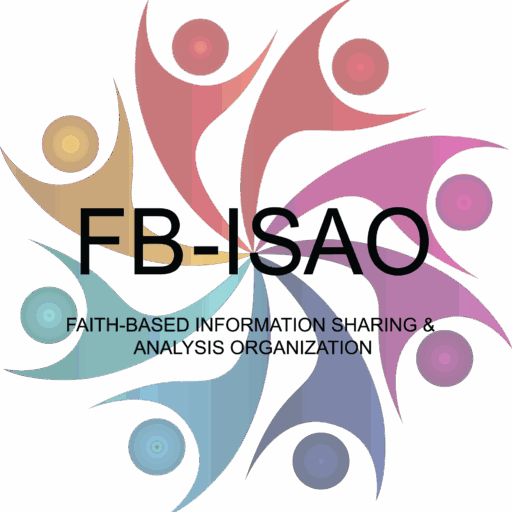Vizsafe Partners with FB-ISAO to Offer Incident Reporting Capabilities at No Cost!
In cognizance of our mission to provide members with information, analysis, and capabilities to help reduce risk while enhancing preparedness, security, and resilience, our team at Faith-Based Information...
